Entry Category: Military Science
Fort Steele
Fort Wayne
Forts Lookout and Southerland
aka: Forts Southerland and Lookout
aka: Fort Diamond
Fourth Arkansas Cavalry (US)
Fourth Arkansas Infantry (CS)
Fourth Arkansas Mounted Infantry (US)
Fourth Military District
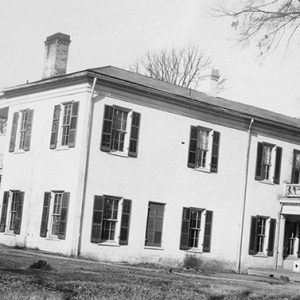 Fowler House
Fowler House
Fowler, Absalom
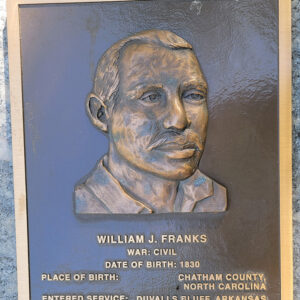 William J. Franks Plaque
William J. Franks Plaque
Franks, William Joseph
Freeman, Thomas Roe
Frog Bayou Expedition
Frog Bayou, Skirmish at (March 19, 1863)
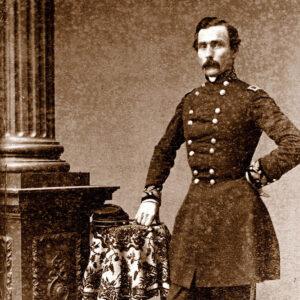 Daniel Marsh Frost
Daniel Marsh Frost
Fulkerson, Floyd Hurt, Jr.
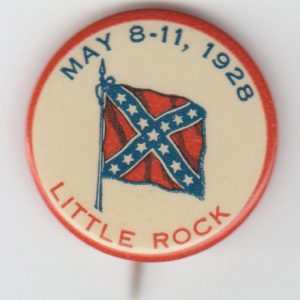 Fundraising Button
Fundraising Button
 Skip Furlong
Skip Furlong
Gaines’ Landing, Skirmish at (July 20, 1862)
Gaines’ Landing, Skirmish at (June 28, 1863)
Galloway’s Farm, Affair at
aka: Shelling of Jacksonport
Gammage, Washington Lafayette
Gantt, Edward W.
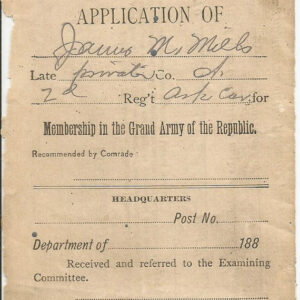 GAR Application
GAR Application
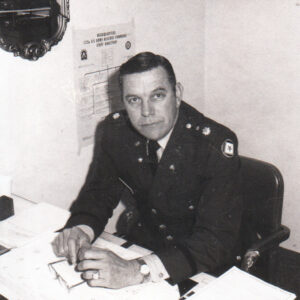 Charles Lindbergh George
Charles Lindbergh George
Gillam, Isaac Taylor
Gillem, Alvan Cullem
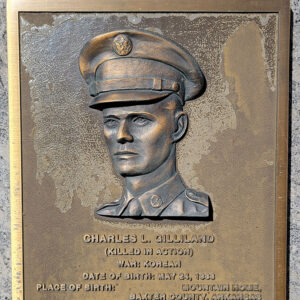 Charles L. Gilliland Plaque
Charles L. Gilliland Plaque
Gilliland, Charles Leon
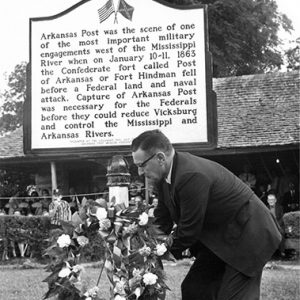 Dr. Harold V. Glenn
Dr. Harold V. Glenn
Gober, Hershel Wayne
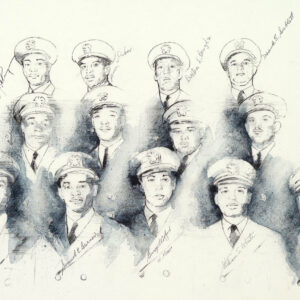 The Golden Thirteen
The Golden Thirteen
 Gordon Campaign Letter
Gordon Campaign Letter
Gordon, Anderson
 Nathan Gordon
Nathan Gordon
 Nathan and Virginia Gordon
Nathan and Virginia Gordon
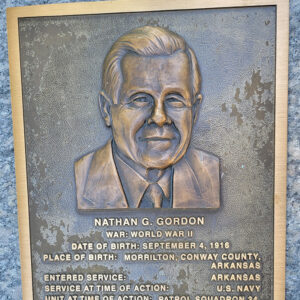 Nathan G. Gordon Plaque
Nathan G. Gordon Plaque
Gordon, Nathan Green
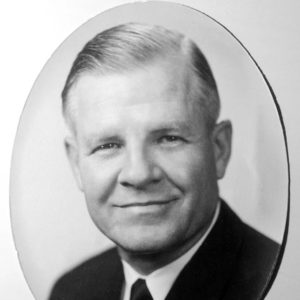 Nathan Gordon
Nathan Gordon
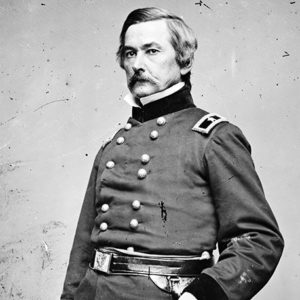 Willis A. Gorman
Willis A. Gorman
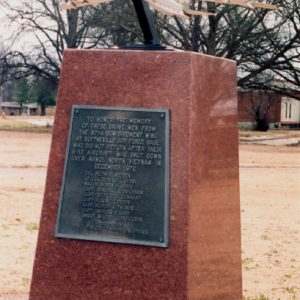 Gosnell Vietnam War Monument
Gosnell Vietnam War Monument
Govan, Daniel Chevilette
Grand Army of the Republic (GAR)
Grand Glaize, Expedition to
aka: Scout to Little Red River
Grand Glaize, Scout to
 GPHS Plaque
GPHS Plaque
Grand Prairie, Skirmish at
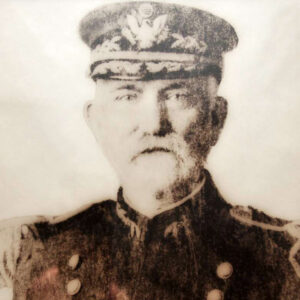 Benjamin W. Green
Benjamin W. Green




